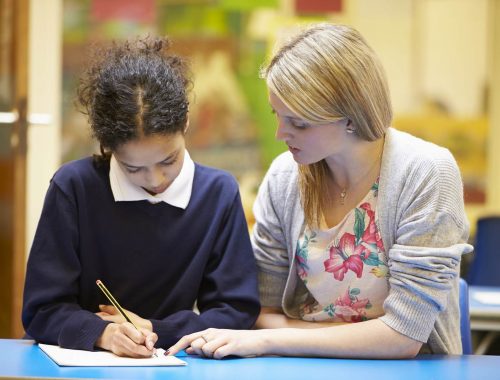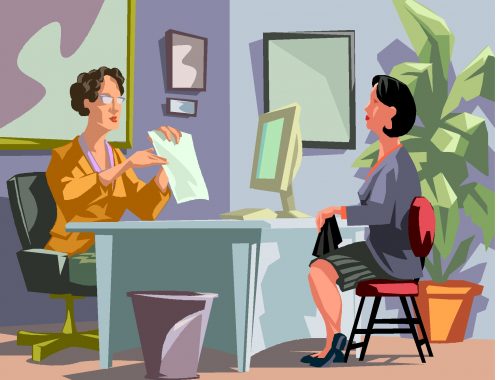Where Does the Future Lie?
I have chosen to make use of Borton’s (1970) model of reflection when considering the experience I have gained through my continued placement with National Museums Northern Ireland (NMNI). I have chosen Borton’s (1970) model of reflection as I think its simplicity makes it an effective way of thinking about what I have experienced so far, what it means, and what can I learn from it to put into practice in the future. Through the end of 2022 and into 2023, I have been involved in many different projects, and for everyone there has been unique challenges to overcome and new skills to be acquired. In this blog, I will reflect on my time working on these various projects, explaining what I did and didn’t do well, relating my placement to the module and my other final year modules, and I will conclude by looking forward to the future.
Project 1 – Museum of Innovation
One of the first jobs I had with NMNI, was close to home as it involved collecting B-Roll footage in Queen’s physics department, to accompany an interview set for the Museum of Innovation exhibit in the Ulster Folk and Transport Museum. This allowed me to get my first taste of creativity with the camera as I was given free rein to come up with unique shots and try and apply what I have learned in my practical modules at university. I was also joined by not only my placement provider, but a museum curator which added some pressure. Overall, I was happy with the shots I managed to get as I tried to keep it simple as I was trying to make a good first impression and not make any mistakes, but I was also happy with the few creative techniques I tried to implement (such as a pan to emphasize size and a focus pull to create layers of depth). This project acted as an important introduction into the later projects and showed my placement provider and the museum curator the level I was working at, while also giving me a foundation to improve upon in future projects.
Project 2 – Conflict Textiles
The next job I was involved in was a massive step up from the Museum of Innovation project. We had two separate video cameras, one operated by me and the other by my placement provider, meaning I would be unaccompanied for most of the shoot. We were filming an event at the Ulster Museum attended by around 40 people, showcasing hand-stitched “Conflict Textiles” and as the event was starting, I was able to take the video camera around off the tripod and get some footage and using a video camera free hand was something I had never done before. I was happy I got the opportunity to be independent with this project and I enjoyed the challenge, although I was so nervous walking around with the video camera and my shaky hands come through in the video which I know is something I can improve upon in the future. However, this also allowed me to understand the importance of knowing your tools, because as I was going to be editing the footage I was told not to worry too much as I could use a stabilizer on the footage which calmed my nerves slightly and I was generally happy with how I handled the scale of the event.
Project 3 – Waterford
The final project I will reflect on is, the currently ongoing ‘Celtic Wave’ documentary as part of which I was given the opportunity to travel down to Waterford to film interviews of old and young surfers, as well as collect more B-Roll footage. This was the most challenging project I was a part of, as I was responsible for the lighting of the interviews, as well as filming them and managing the audio levels. I also had to collect B-Roll footage outside for the first time and I saw first-hand how much of an obstacle the sun can be while trying to shoot outside. I was again proud of how I shot the interviews, and my placement provider told me he had little feedback as he would’ve have lit and filmed them in a similar way to how I did. I was annoyed at myself for becoming determined to battle the sun while I was collecting the B-Roll footage outside as I should’ve worked around it rather than fight it. By the end I started to get the hang of it and was collecting shots I was quite proud of all things considered.
This Module
I was helped in many aspects of my integration into NMNI by this module, the topic I found most useful was probably the Communication in the Workplace topic covered last year, as I felt reading of ‘Humour and the Integration of New Staff in the Workplace’ was particularly helpful in becoming more likable, not only to my placement provider but also higher-ups within NMNI, such as museum curators. However, even the fundamentals of this module helped me significantly throughout my placement. For example, the Reflective Writing and Practice topic at the very beginning helped me to understand the importance of reflection and I now know that it is a crucial aspect of self-improvement in the workplace.
My Future
Before I worked with NMNI I was unsure what I wanted to do after university, I had many ideas; the civil service, broadcasting, maybe try and get work in a studio. But I now know, unquestionably, what I want to do is videography work. I would love to work full time for NMNI it has been such an eye-opening and highly enjoyable experience that I can’t see myself wanting to work anywhere else, although I understand that may not be possible. But I know my future is in videography and I intend to follow that career path and who knows what will happen.
Bibliography
Borton. T (1970), ‘Reach, Touch and Teach’, New York: Mulgrew-Hill Inc.
Pullin. P. (2011), ‘Humour and the integration of new staff in the workplace: An interactional study’
How I Lightened the Load
You May Also Like

The World of Theatre upon Reflection
30 November 2022
Challenge Accepted Sir!
18 April 2023
